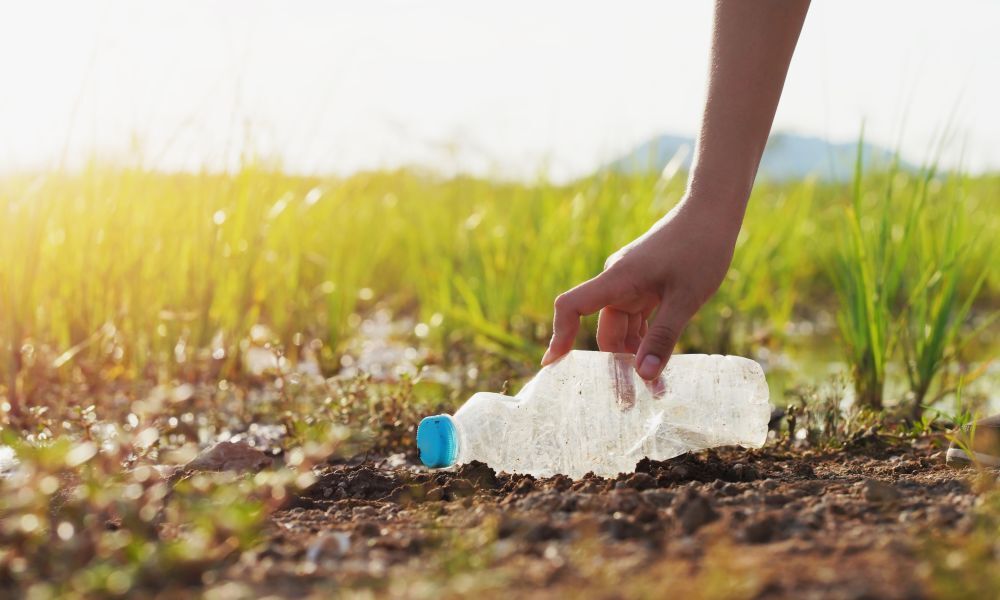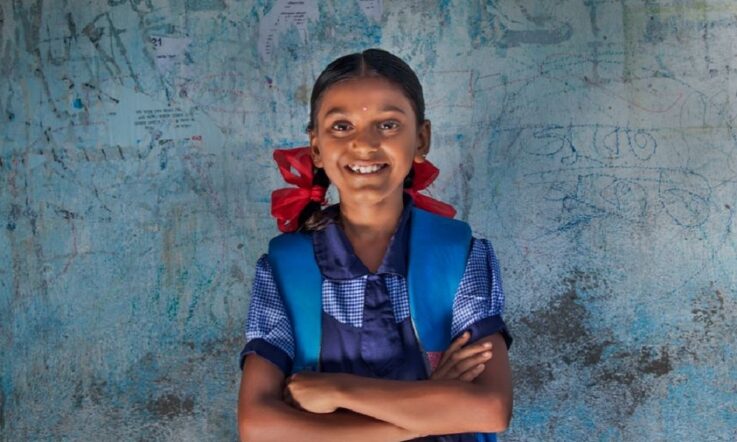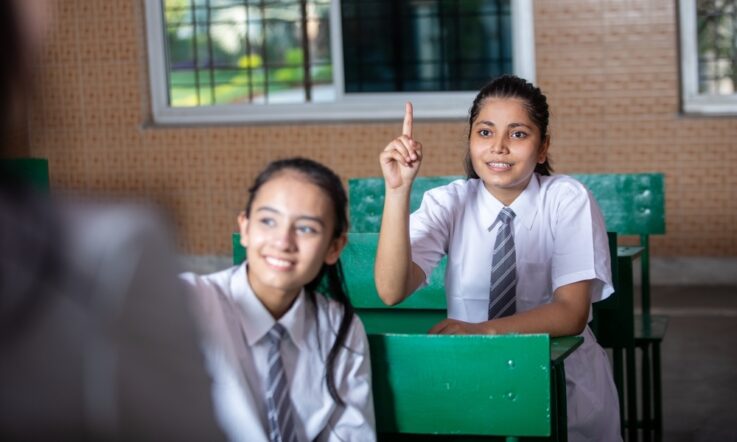The mismanagement of non-biodegradable waste has affected ecosystems of Indian villages in various ways. This includes water pollution, undergrowth of vegetation, soil-based microorganism degradation, choking of water sources by polythene bags, and the deterioration of local fauna.
In villages, there are no planned waste disposal and management programs due to the absence of municipal corporations and a lack of community ownership. The COVID-19 pandemic has added to the problems. Local villages have become popular destinations for tourists wanting to avoid big cities for holidays.
Non-biodegradable waste management is critical for protecting ecosystems and preventing climate catastrophes. A waste minimising and managing (MnM) program that aims to create awareness on environmental sustainability can help to reduce non-biodegradable waste in rural areas. The program can be implemented by involving students and teachers from both government and private schools, and community members.
In this article, we explain how schools can introduce a waste MnM program that benefits the rural villages of India. Schools have to partner with non-governmental organisations (NGOs) that work on environmental sustainability in rural areas to implement this program successfully.
This program should help manage and minimise non-biodegradable waste in the targeted areas. It should be designed to eliminate water and air pollution. For example, issues like choking of water sources by polythene bags, and air pollution due to the burning of waste should be addressed.
What is the starting point?
The project begins with the formation of teams who research and develop the waste MnM program design.
- Around 50 to 60 middle and high school students can work under the supervision of teachers, resource persons, and community members (collectively called mentors).
- A core team may consist of 10 to 15 students who work directly under the supervision of mentors. Each core team member in turn supervises student teams of four to eight students.
- A technology team consisting of four to five students will be responsible for documenting the project from the beginning to the end. This team will be in charge of taking photographs, videos, and managing social media pages.
- The teams will meet and work on the project on any two days of the week, say two hours Wednesdays and four hours Saturdays. Teams can meet in person or virtually using a platform like Google Meet or Zoom. Students will research, design, and develop their plan of action, implement, and evaluate it.
On the other hand, school teachers from various subject areas such as language, science, social studies, and arts will have the opportunity to integrate this waste MnM program into the curriculum and teach core topics through this project-based assignment.
Keeping in mind the current COVID-19 pandemic, this program can be implemented with some flexibility. Activities such as team meetings, research and design, and awareness activities such as debates and plays can be held online.
For activities that cannot be performed online, student teams can create a repository of communication and outreach activities that can be implemented on the ground by the partnering NGO or students who are willing to adopt the COVID-19 protocols and work in the field. Schools can also choose to implement the second phase of the program in post-pandemic conditions.
Month-wise timeline of the MnM program
Month one: Why should we care?
Objective: The core team will discuss the objectives of the program, brainstorm ideas, and finalise a plan. Student teams will research the effects of environmental degradation.
Month two: What can we do?
Objective: The teams will research sustainable waste management models, visit nearby places, and attend hands-on workshops on waste management (in person or virtually).
Month three: What can we do?
Objective: Students will finalise the blueprint of the waste MnM project, and design an awareness campaign for the larger community.
Month four and five: Let us do it
Objective: Students, with help from mentors and the partnering NGO, will implement the waste MnM model in the community, and create awareness through programs like debates, village theatre and street plays, and by displaying artefacts to the community.
Month six: Assessment and evaluation
Objective: Students will develop and use two surveys that assess students’ understanding of environmental sustainability and the effectiveness of the program.
Evaluation plan
The waste MnM project will be evaluated at two levels:
Level one: Students will complete a survey of 10-15 questions at the beginning and end of the project. This will help teachers assess their understanding of environmental sustainability.
Level two: Students will develop a questionnaire with the help of teachers to assess the overall effectiveness and the success of the project.
In the long term, the project will:
- Create awareness of environmental sustainability among stakeholders
- Be helpful in developing improved attitudes and habits of mind that will continue to stay with stakeholders beyond the project
- Create a network of primary and secondary community members who will take the learnings forward beyond the initial project
- Help school students, teachers, and the community to continue to utilise the expertise and materials built during the program.
Dissemination
The highlights and achievements of the waste MnM program will be shared directly with the local community on a regular basis through posters displayed in marketplaces, social media, websites, news articles, and local cable television channels. The program will also create awareness with the help of street plays, environmental fairs, and short student-made documentary films.
The project will educate students, teachers, and community members to take ownership of their immediate environmental issues. The practices will have a positive influence on the attitude and habits of mind of all stakeholders, and build social capital that empowers them to function together as a team for achieving common environmental goals.
The implications of the pandemic
No doubt, a pandemic like COVID-19 has affected the immediate implementation of programs like waste MnM. But again, the situation has also increased its demand. For instance, bio-medical waste from hospitals needs to be managed carefully and greater awareness on the disposal of bio-medical waste from homes, shops, offices, and non-medical institutions should be created.
Situations may be worse in the villages as well as in areas where residents lack awareness. The collective efforts of students and teachers from both government and private schools, and local non-governmental organisations can bring about change in the awareness levels and mindsets of communities.
Authors acknowledge Dr Pankaj Tiwari, Executive Director of Aarohi − a non-government organisation, in the state of Uttarakhand − for his inputs.



